'Not a thing to be flaunted': Malaysians upset by plan to nominate Chinese new villages as Unesco site
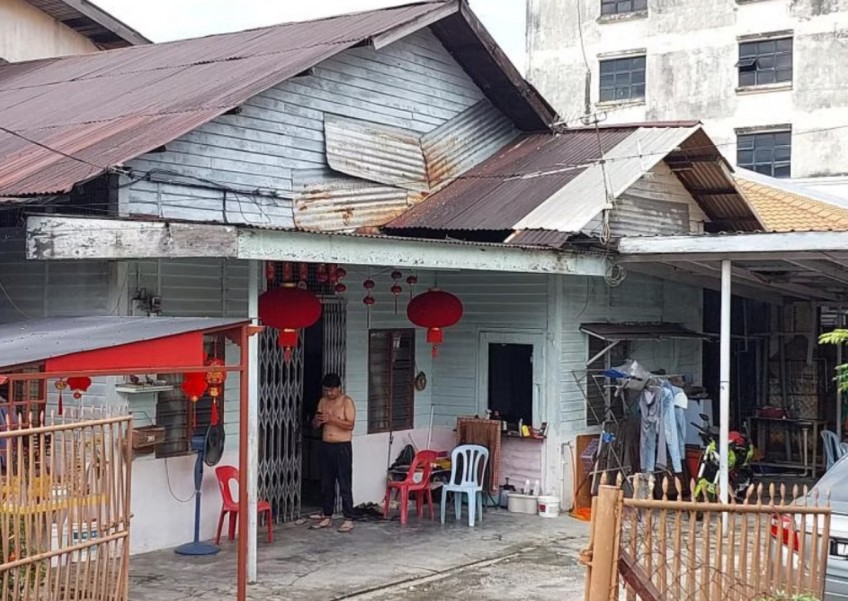

KUALA LUMPUR — At first glance, Sungai Way looks like any other suburb in Malaysia's Klang Valley, with a thriving wet market, a police station, a school and rows of shophouses along its main road.
Zinc-roofed shacks abut low-rise concrete buildings, and a few wooden kampung-style houses have survived the decades that saw most of their ilk replaced by brick homes. Some residences rise up to five storeys high, housing several families or, quite commonly, serving as dormitories for workers at nearby factories.
At a street corner, gleaming green dragons perch in front and on the roof of a bright orange building — the only temple in this kampung baru cina or Chinese new village of around 4,000 residents, mainly Chinese, with a few Malays and Indonesian permanent residents who migrated there to work at the factories.
But this bustling little town on the outskirts of Kuala Lumpur has a dark past.
It was one of 631 internment camps for the Chinese set up around Peninsular Malaysia by British colonialists during the Malayan Emergency from 1948 to 1960, when the country fought a communist insurgency against British rule.
Recently, a short-lived proposal to nominate seven of Selangor's Chinese new villages as a Unesco World Heritage site opened up old wounds and sparked racially tinged debates about cultural recognition in Malaysia.
Local Government Development Minister Nga Kor Ming announced on Feb 1 that preparations were in the works to seek Unesco recognition for the "cultural and historical significance" of the villages. The Unesco status would help promote Malaysian Chinese history and culture through tourism, he said.
The news drew a swift backlash, which eventually quietened down after the Selangor government said on March 5 that there were no plans to obtain the heritage site status for any villages in the state.
By then, Malay nationalists from Umno and the opposition had slammed the idea. Historians also weighed in for and against it, with views that ran the gamut from how it could help preserve Chinese history and culture, to how the culture in the villages was "nothing special", and how the bid smacked of exploitation of a painful historical period for the sake of attracting tourist dollars.
Opposition party Parti Pribumi Bersatu Malaysia's youth chief Wan Ahmad Fayhsal Wan Ahmad Kamal challenged the "historical and unity value" of Selangor's Chinese new villages on Feb 5, calling them "remnants of the Cold War where we fought the threat of the communist terrorists". He said: "It is more appropriate to designate Kampung Baru Kuala Lumpur as a Unesco World Heritage site, because its historical value makes the country more in line with the policy and identity of Malaysia."
The 125-year-old Malay settlement with traditional wooden Malay homes near the Petronas Twin Towers in the capital city has been under threat from urbanisation. On March 13, the federal government confirmed it has no plans to seek Unesco heritage status for Kampung Baru as that would impede development plans for the area.
Umno framed Mr Nga's proposal as a challenge to the rights of the Malays as the country's indigenous community.
"When an area is recognised as a World Heritage site, it also automatically recognises the residents, their culture, language and education as natives," argued the party's secretary-general Asyraf Wajdi Dusuki on Feb 9.
Mr Nga countered the claims on the same day, saying the proposal for the new villages was "not a zero-sum game" and that others were welcome to nominate Malay villages or other places as Unesco heritage sites.
The minister is from the multiracial but Chinese-led Democratic Action Party, which has often been accused by its critics of undermining Malay-Muslim rights.
On March 11, he revealed in Parliament that the nomination of the Chinese new villages had been mooted by the International Council on Monuments and Sites (Icomos) Malaysia, which advises the Unesco World Heritage Committee.
Icomos set up a new village working group in March 2021 to study and assess the suitability of the Chinese new villages for nomination as a world heritage site, Mr Nga said, adding that the current government was not in office at that time.
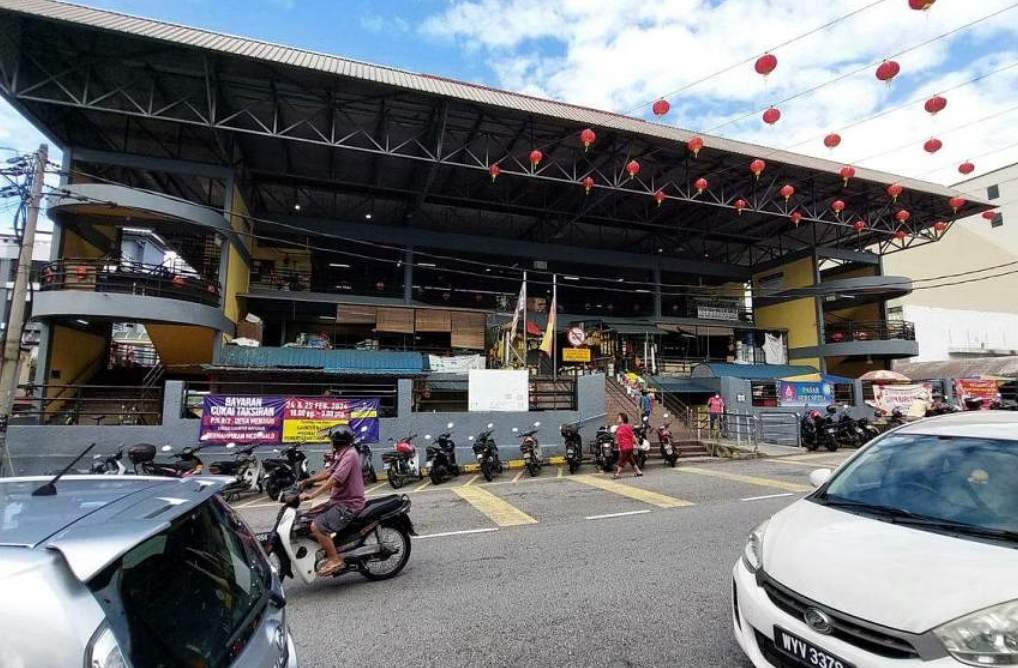
Former Petaling Jaya MP Kua Kia Soong had called the proposal an "insult" to those who fought against British colonialism, adding that the new villages were "nothing short of concentration camps, designed and enforced by the British colonial power".
"Families were torn apart, livelihoods destroyed, and cultural heritage disregarded in the name of colonial supremacy," Mr Kua, who is also the director of human rights organisation Suaram, said in an open letter on Feb 13.
Proposing the inclusion of new villages under the Unesco World Heritage sites "trivialises the trauma of those who suffered within their confines", he added.
From the 1950s, thousands of rural villagers, in particular ethnic Chinese, had been forcibly moved into "new villages" surrounded by barbed wire and sentry towers, to isolate them from the influence of communist guerillas who were staked out in surrounding jungles.
The British government at the time believed that Chinese communities were giving assistance and supplies to the insurgents, either voluntarily or under coercion at gunpoint.
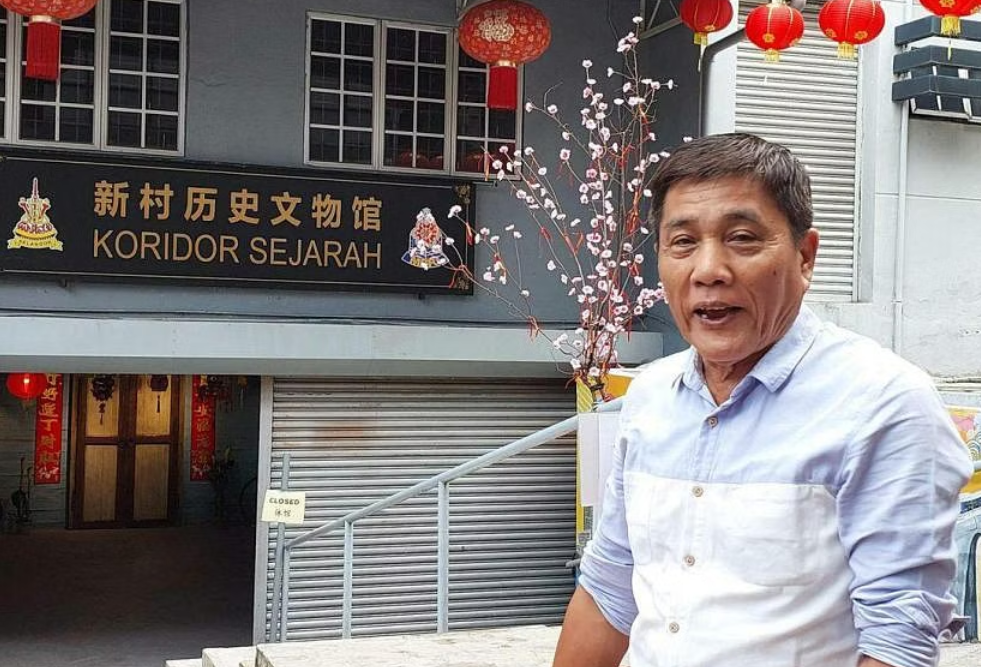
"(The Chinese villagers) had only around two days to pack everything and move. Some were forced into poverty," Sungai Way New Village head Ding Eow Chai, 59, told The Straits Times.
"Those interred in these camps faced hardship. They lost their freedom. Many rich Chinese in the rural areas also lost their fortunes as they had to leave everything behind in the blink of an eye," he added.
The Sungai Way village was originally founded in 1949 by Chinese who worked as rubber tappers and in tin mines in the surrounding area.
The British transformed it into a camp with 650 homes in 1950. Residents from the surrounding areas, including several Malay families, were uprooted and resettled in the village, where each family was given around 5,000 sq ft of land to build a home.
A police station was built inside the camp itself to monitor and control the local population, while a Chinese school and a market were built to serve the new "villagers", who were placed under curfews and movement controls.
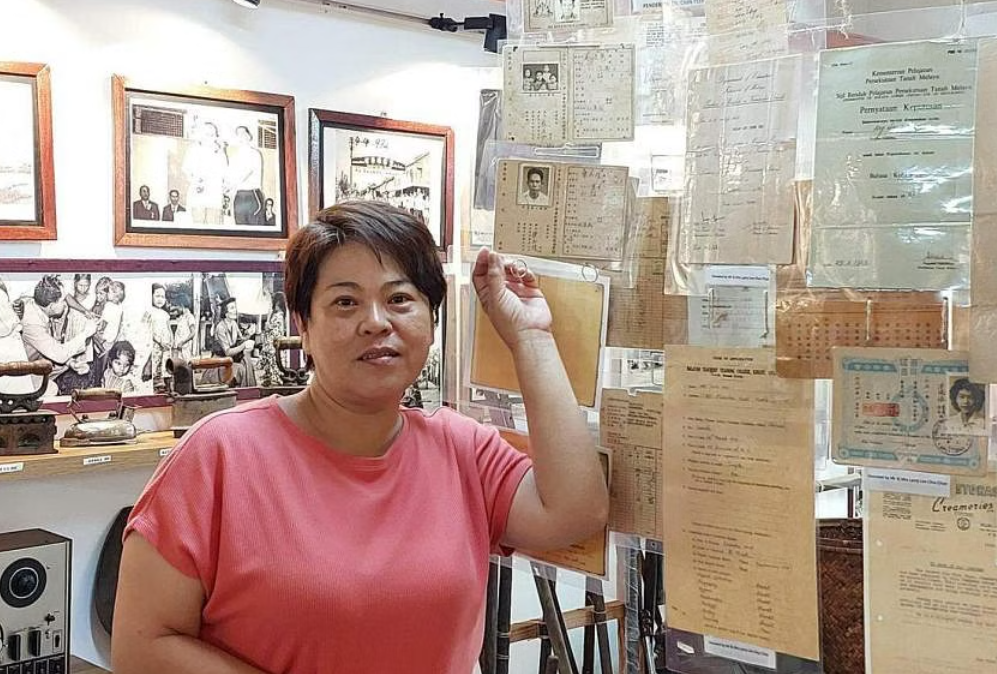
Fifty-year-old Yuri Tan, a third-generation villager, said her late grandfather needed multiple identification papers and permits in order to go in and out of the village while working as a rubber tapper.
"The authorities would check to see if he was taking more food than necessary when he went to work and also when he came home, after purchasing food at the market. The families here also had food stamps. They could not purchase more rice per day than what was needed.
"The British didn't want us to supply the communists," said Tan, who is an artist.
Back then, her family home had a few bedrooms, a small kitchen with a wooden stove, a deep well, an indoor bathroom, an outhouse, a living area and a pig sty. Today, its wooden structure and attap roof are gone, after renovations that also added modern amenities.
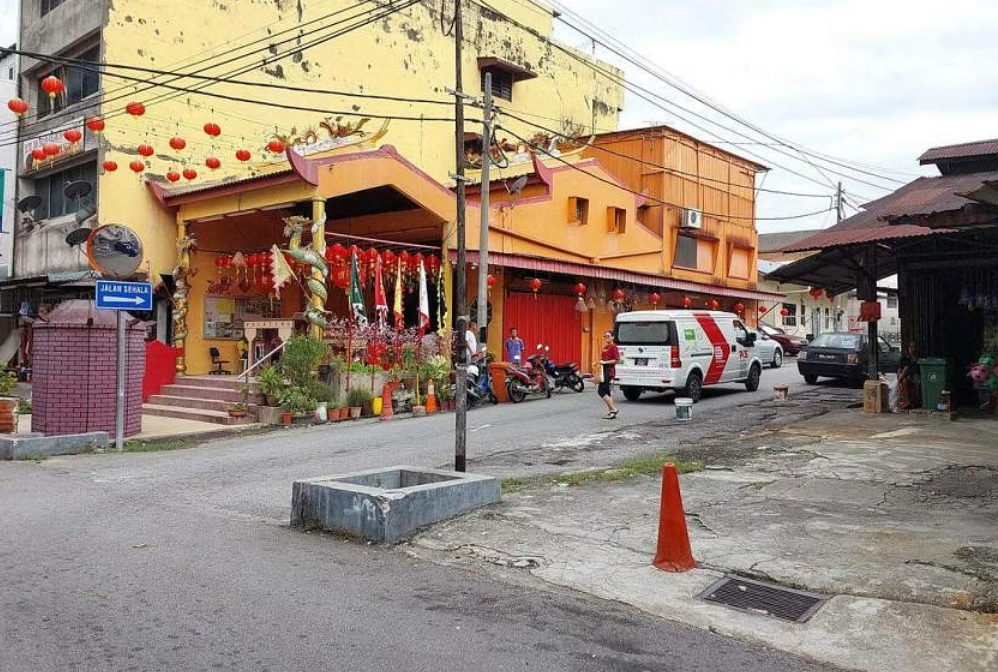
Historical society Pusaka's president Eddin Khoo said the Chinese new villages and their history are "not a thing to be flaunted for tourist purposes and profit-making".
The race-based arguments that arose in February over the Unesco nomination plan also trouble him.
"I am concerned about the opposition to it, which is basically saying that the history of Chinese new villages is not part of Malaysian history. There are serious consequences to it. To claim the Chinese new villages are not part of history is an attempt at suppression.
"History being written according to communal lines is repulsive, everyone has a history here. This segregation is nonsense. People are speculating and fictionalising their community history, putting certain history in a position of prominence and downplaying others," he said.
Despite the Selangor government's shelved plans, Sungai Way village chief Ding still holds out hope that settlements like his will be recognised as heritage sites.
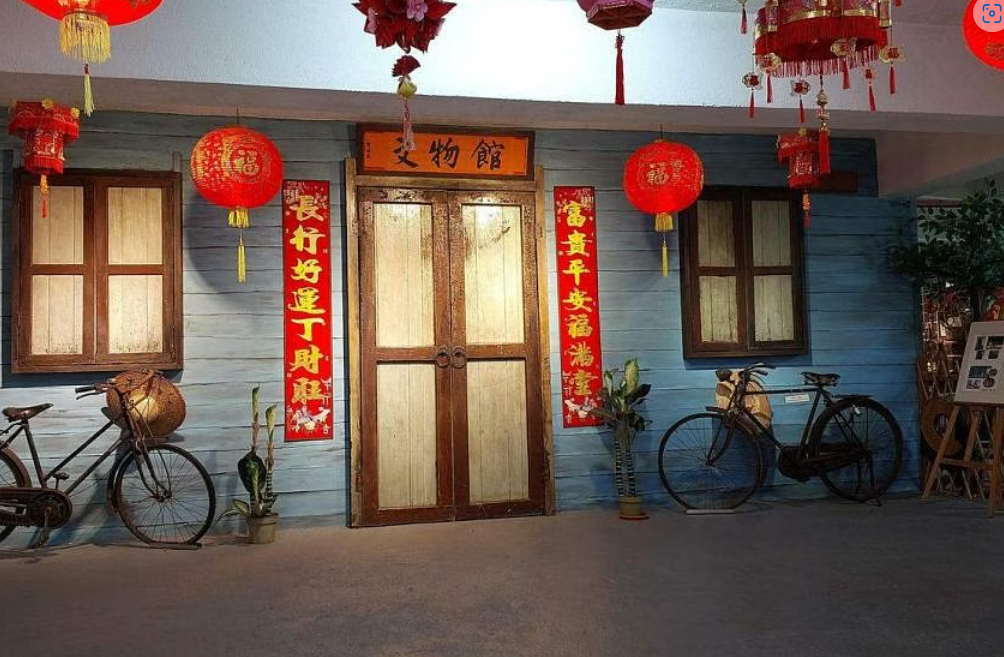
He also heads the village museum, which displays old photographs of the villagers' daily lives in the internment camp, their personal items such as toys and wheelbarrows, maps, and the permits and identification documents they used then.
Obtaining heritage status, he said, will help promote volunteer-run, community-funded initiatives like these.
"So more people will be aware of what Chinese new villagers went through in the past," he said.
ALSO READ: Venice avoids being added to Unesco list of endangered sites
This article was first published in The Straits Times. Permission required for reproduction.